In this edition of DDL’s PackReview series, DDL Packaging Engineers Scott Levy and Peter Johnson address some of the frequently asked questions on ASTM D4169, specifically Schedule C vehicle stacking, that they receive from DDL’s customers.
What issues do you see in compression testing?
A Lot. Many of our clients don’t meet the specified calculated load in ASTM D4169- Schedule C Vehicle Stacking.
Will my packages fail if they don’t meet the calculated load?
It depends on who is going to be reviewing your outcome. If somebody in quality or regulatory are reviewing your outcome, they are looking for everything to say “pass.” Technically you can interpret that as a failure. From Scott’s perspective, it isn’t a failure. Transportation simulation is a conditioning test, meaning that you’re executing the testing. But you need to understand afterwards whether you pass or fail based upon product testing, sterile barrier testing, or whatever you are trying to look for after that specific test. For example: in a medical device you want to prove that the sterility maintenance hasn’t been compromised, or you may want to look at the label — but none of that has barring with the transit test in itself.
Scott says that 70 percent of his customers pass compression testing, and the other 30% do not “pass.” “Remember this is a conditioning test, and what you do afterwards is what determines if you pass or fail,” added Scott. You want to take a look at the specific amount of weight that a box is achieving. For example, the compressible load was supposed to be 1200 pounds, and your box met 890 pounds. If your box fails out in the field, then you know that something heavier than 800 pounds was on top of your box. In sterile medical packaging, if they are damaged in any way they will be rejected and sent back. “No one is going to play with a box that has a sterile device in it and take a chance on it.”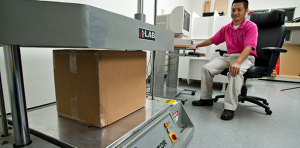
What can I do to ensure my package passes compression testing?
If you want to make sure that you get through compression testing, look at two things — your overall cost and your overall risk. Most medical device manufacturers ship their devices all over the world, so what percent of the defect is from crushing and what percent of the defect are having issues that are from those boxes being compressed at a point that their sterile barrier is breached. Once that happens, then yes, you will want to take a closer look. But if this is an occurrence of five or ten boxes out of ten thousand, is that a risk you are willing to take when you know all of these boxes will be sent back? You will need to balance that scenario. What risk are you willing to take, knowing that your box can handle 890 pounds, verses adding a few dollars more to the cost of a box construction to get through a conditioning step?
How do you justify a sample not meeting the compression load?
There are a few ways you can justify a sample not meeting the compression load. Look at how much weight the box did meet, look at the procedure as a conditioning test, and what happens afterwards. If it is sterile barrier, did you pass all of that testing? If that answer is yes, then that configuration is a solid configuration.
If you want to go one step further, look over your overall risk. Never lose sight of your real time data. The ultimate goal of this test is to ensure that the sterile barrier isn’t compromised by shock or vibration.
How do I design a package to test in a stable orientation?
The ASTM D4169 standard mentions testing in the most stable orientation. The most stable orientation would be the wide platform. Although, you could lay this down and stack on top of it, you could potentially run into issues with shipment in compression doing it this way. If you put that box through compression testing and the flutes are not running the correct way, you have absolutely no strength to that box. So when you are designing your package configuration, you need to take that into consideration because that is imperative. For medical devices we are not dealing with 3ft long by 12 inches thick, but if those flutes are not running the right way, you won’t have compression strength with that box.
For any testing you can run into issues, but know that common carriers will put your box in their semis in the most stable orientation, so they don’t keep falling down.
What stack height should I use?
The default stack height is 108 inches. The 108-inch stack height comes from the back of a tractor trailer measuring from the floor to the ceiling. We use the default stack height because the assumption is made that we don’t know how this package is going to be shipped. FedEx or UPS will pick up your package and they will take it in a step truck to either an airport or distribution center. There it will be packed up by another step truck to another airport, or stacked into the back of a semi for transit. From a package testing stand point you don’t know how it’s going to go — that’s why the default is 108-inch stack height.
When customers “fail” compression testing, they end up looking at the standard where there is another number, 54 inches. That 54 inches is meant for LTL shipment. LTL shipment means less than trailer load, meaning nothing is going to get stacked on top of those boxes. For example, if you have a company van and need to send from Minneapolis, Minnesota to Milwaukee, Wisconsin, you then wouldn’t be using the 108 inch high semi. You would use 54 inches to mitigate your compression loads because of your known distribution environment.
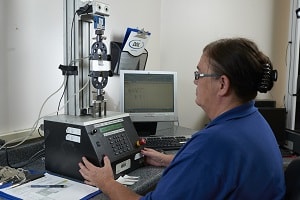
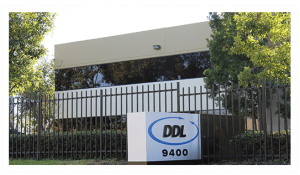 The DDL West laboratory
The DDL West laboratory  DDL once again was a sponsor and attendee of the annual
DDL once again was a sponsor and attendee of the annual 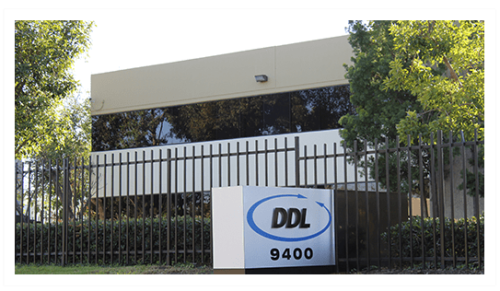 DDL announced it has relocated its California lab from Fountain Valley to a facility located in Irvine. The new facility more than doubles the lab space, which will increase DDL’s package testing capacity and ability to grow to better meet its customer’s testing needs.
DDL announced it has relocated its California lab from Fountain Valley to a facility located in Irvine. The new facility more than doubles the lab space, which will increase DDL’s package testing capacity and ability to grow to better meet its customer’s testing needs.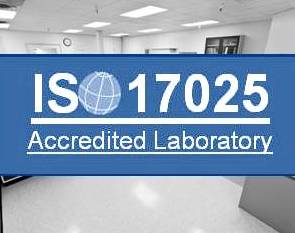 Environmental conditioning is the practice of reproducing the various temperature and humidity extremes that a package or product is expected to be exposed to in its transportation, storage and/or in-use life. The following standards for environmental conditioning are included in DDL’s updated accreditation: ASTM D4332, ASTM F2825, ASTM F1980, ASTM D618, Tappi T402, ISO 2233, IEC 60601, ISTA 7D, and ISTA 2A.
Environmental conditioning is the practice of reproducing the various temperature and humidity extremes that a package or product is expected to be exposed to in its transportation, storage and/or in-use life. The following standards for environmental conditioning are included in DDL’s updated accreditation: ASTM D4332, ASTM F2825, ASTM F1980, ASTM D618, Tappi T402, ISO 2233, IEC 60601, ISTA 7D, and ISTA 2A.